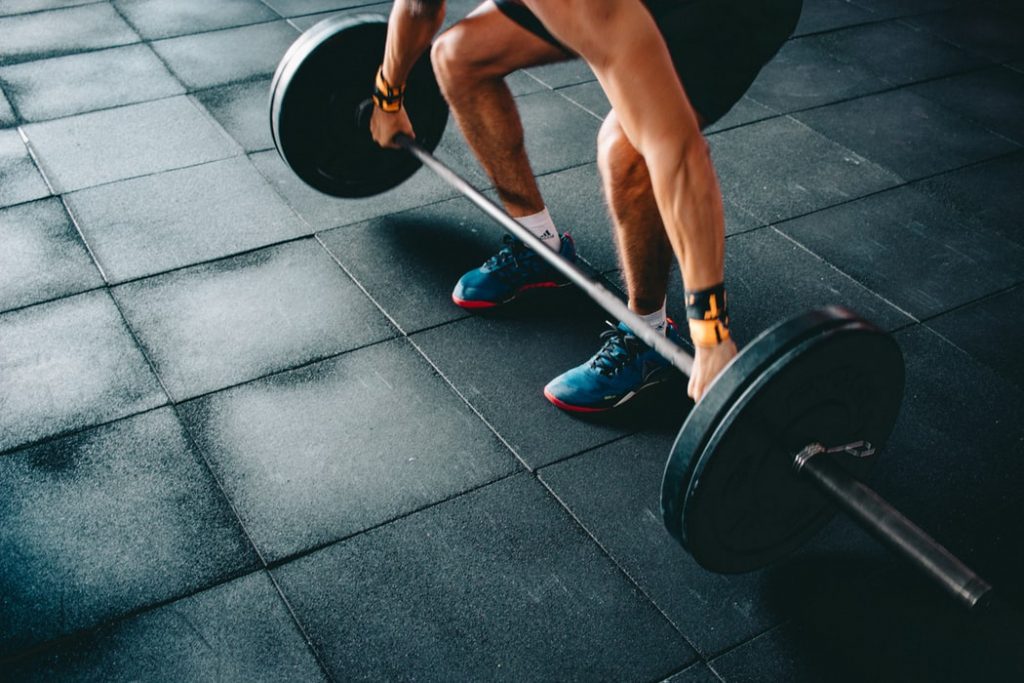On numerous occasions, the approach that is done in the buttock training gym is not correct. Either exercise like hip thrust are defended at all costs and isolation exercises are forgotten, or the latter are given too much importance and the compounds are ignored.
In this article, we review how a good buttock training should focus and we explain five exercises that can be an important pillar in your buttock training in the gym.
If you prefer to train at home, this is not an impediment for you to train your glute without going to the gym.
How do I choose the correct exercises for my glute training?
The priorities we should have when selecting our glute exercises should be the following:
- Exercises that reproduce the functions performed by the gluteus: hip extension, hip abduction, external hip rotation, and pelvic retroversion.
- Exercises with horizontal and vertical force vector. In exercises with a vertical vector, the gluteus finds its highest peak of tension when it is stretched, however, in exercises with a horizontal vector, this happens when it is contracted.
- Exercises the above two points may be classified as activators exercises ( activators ), extruders ( stretchers ) and pumpers (pumpers). Performing these exercises will ensure good fibrillar recruitment, mechanical tension, muscle damage, and metabolic stress.
What are the best gluteus exercises to perform in the gym?
The hip thrust is one of the star gluteal exercises. It is the best exponent of activating exercises with a horizontal force vector.
One of the things that Bret Contreras explains is that we should maintain a pelvic retroversion during the movement and keep the knees at 90 degrees, that is, with the shins perpendicular to the ground.
The Romanian deadlift is a stretcher and one of the best examples of dominant hip exercises with a vertical force vector.
It is necessary to master our hip hinge and properly disassociate our lumbar spine and pelvis so as not to flex the back during the movement, but the hip.
